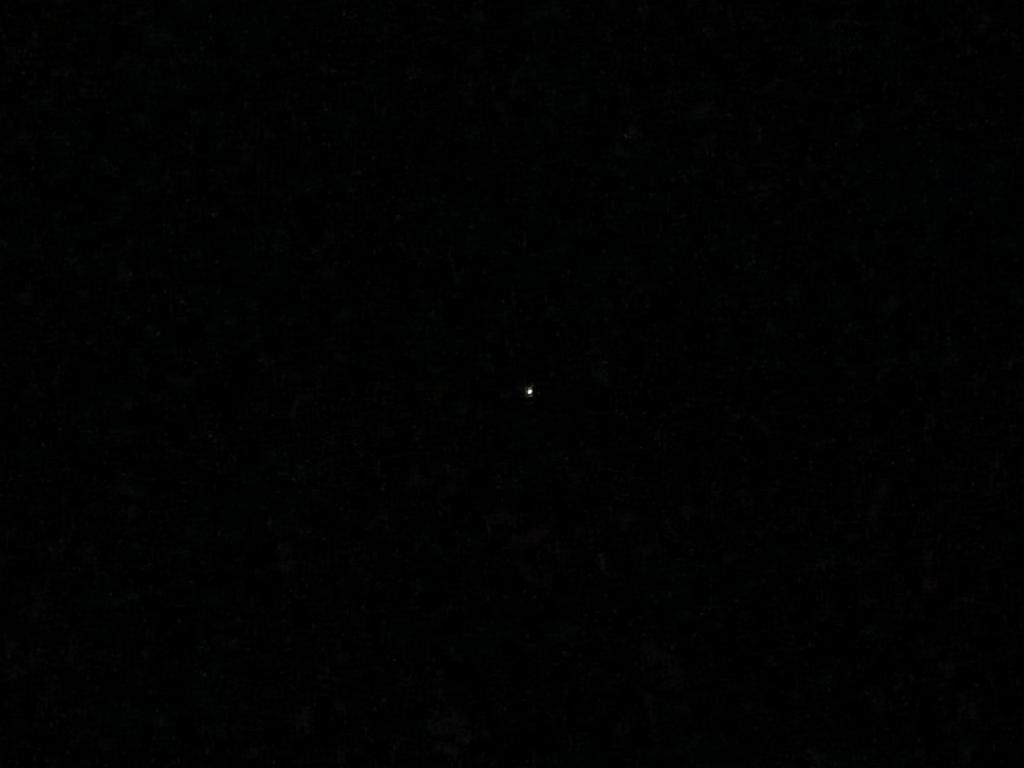For the last couple of days, we have been getting overhead passes of the International Space Station suitable for observing at dusk or a little after. The satellite tracker from SpaceWeather.com allows us to input a zip code and it will return a listing of satellite passes observable from the location selected. The tracker has the option of selecting a subset of satellites and in our case, we selected passes from the ISS since they are usually more dramatic and bright as compared to most other orbiting objects.
Last night and tonight, we had very good passes and, weather permitting, we should have two more, tomorrow and Monday evening observable overflights. In the image above, I halfheartedly snapped a photo of Friday night’s pass of the ISS and damned if it didn’t show up when I downloaded it to the computer. Click on the image to enlarge.
UPDATE (08/24/2014): Damsel and I went out again this evening to see the overflight of the ISS. We saw it, alright, but the display of stars and the Milky Way dominated the night sky. As the ISS flew from west-northwest toward the southeast, it encountered Arcturus, the constellation Scorpio and then winked out across the terminator as it entered the Milky Way. What a spectacle! We love our dark desert skies!


They were on the air for the fist several hours of Field Day this year.
I heard them, but didn’t have my FT-847 set up right, so they couldn’t hear me.
They operate “Wide Split” in the 2 Meter band, and my tracking program kept sending the wrong commands to the radio. By the time I figured everything out and got the radio to work right, they were off the air.
Aww – too bad you missed them.
I heard but did not work W5LFL aboard the space shuttle back in the 80s. That was FM simplex and too many guys calling him with power and all I had was five watts HT. Maybe one of these days . . .